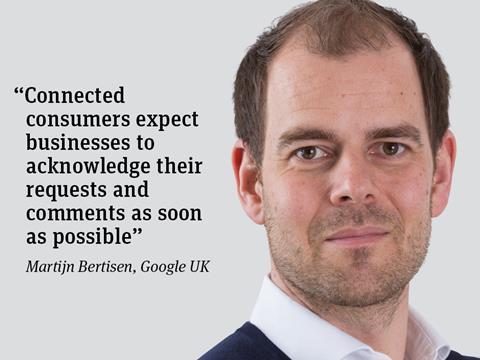
I dialled into my company’s earnings call last week and thought I would share some of the thoughts the team had on how the next wave of technology will boost growth for businesses.
The conversation touched on the way in which consumers “will experience computing more naturally and seamlessly in the context of their lives”. Retailers are already finding ways to use tech via what we call a ‘Show up. Wise Up. Speed Up’ strategy.
Showing up means making sure your brand is visible and responsive. Consumers are increasingly searching online for recommendations and making purchase decisions in an instant. Retailers can use machine learning and data analytics to understand and predict consumer behaviour so they can be present with relevant help and offers.
For example, geo-location targeting can help close the gap between inspiration and a consumer action. Costa devised a mobile campaign to promote its Iced Fruit Cooler range that targeted people within a 25-metre radius of a Costa or a competitor store with an ad triggered by a rise in temperature. The chain enjoyed 82% higher reach and a 30% lift in engagement around its competitor’s stores compared with its previous campaigns.
Wising up means developing a more sophisticated understanding of the consumer journey to learn how offline and online activity complement each other. Such insights will help marketing teams more effectively measure return on investment and make more informed decisions.
Ikea recently started using AdWords Store Visits reports to measure the performance of online campaigns. Using aggregated, anonymous mobile location data, it was able to gauge the number of users who had clicked on an ad and visited one of its outlets. The data showed that paid search activity resulted in nearly 11% of people who clicked on an ad visiting a physical store. Also, online-to-offline attributed revenue for the push was almost three times greater than online revenue alone - and even higher for consumers clicking via mobile.
Finally, the imperative to speed up processes is becoming obvious. Connected consumers expect businesses to acknowledge their requests and comments as soon as possible. Ocado’s data science team worked with its contact centres and Google to adapt machine learning algorithms so it can cope with the vast amounts of emails it receives. Each email can be scanned for sentiment at speed via natural language processing, helping Ocado assess, prioritise and act on customer messages in double-quick time.
We will be hearing a lot more about machine learning and its capabilities in the next year.
Martijn Bertisen is UK sales director at Google







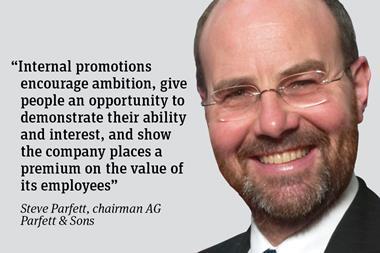

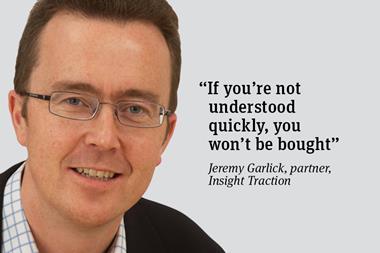

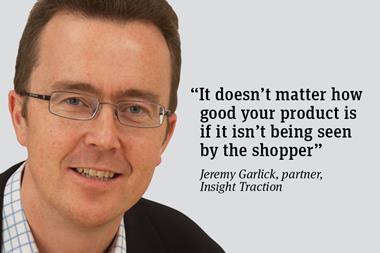
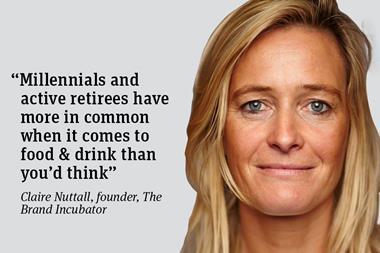

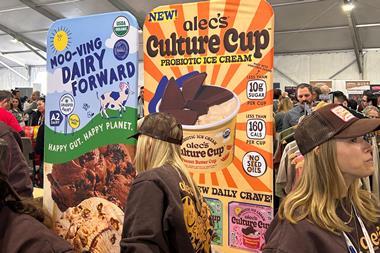
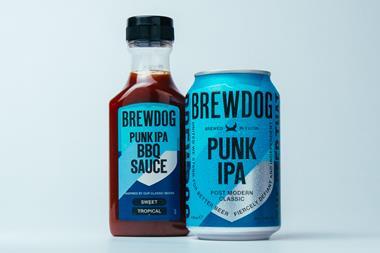

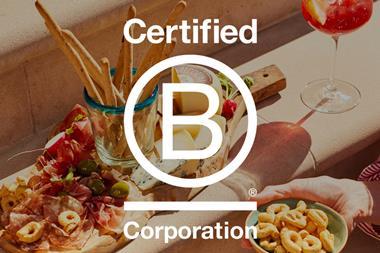

No comments yet